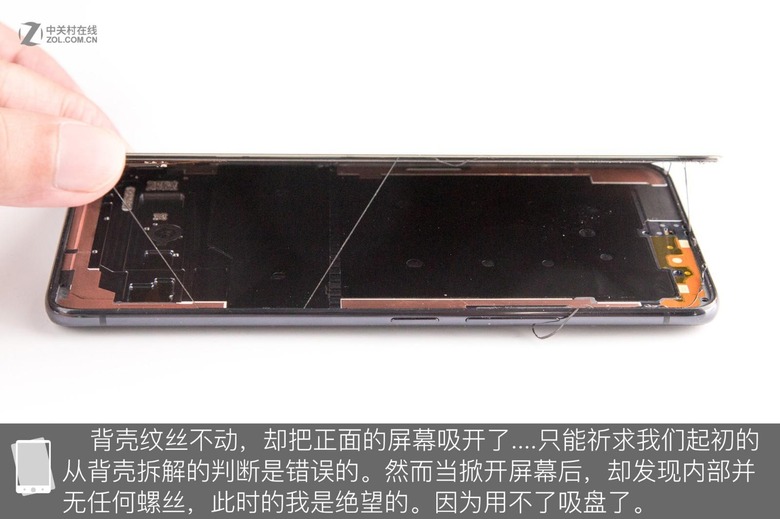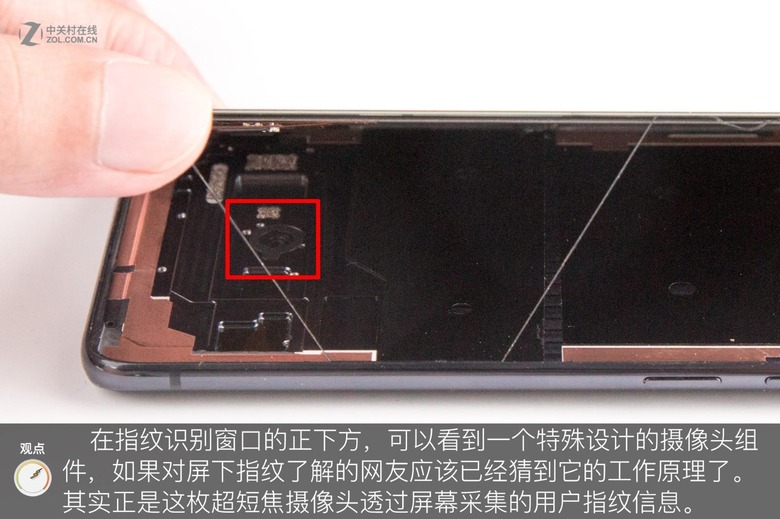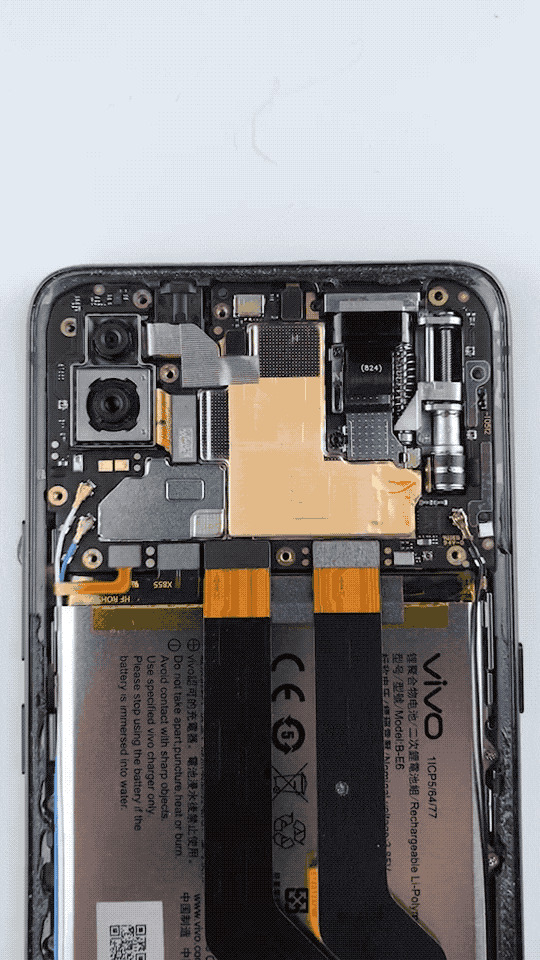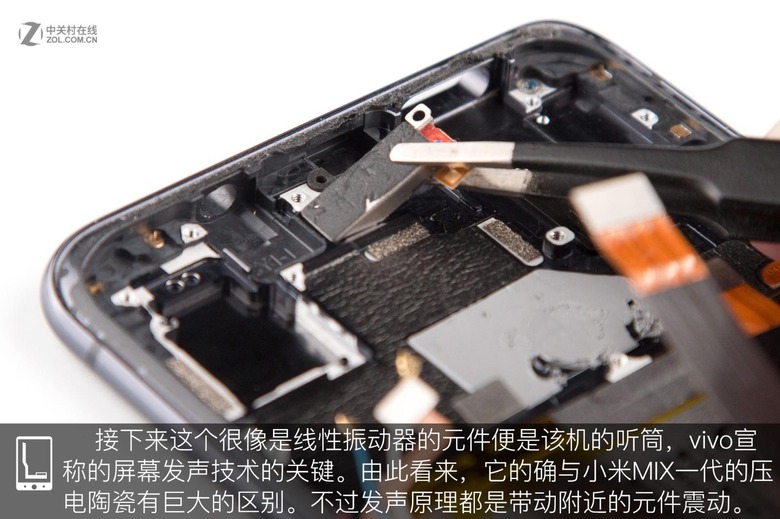Vivo NEX Teardown Reveals Many Secrets
Teardowns are often done to discover how hard it is to open up and repair a device. Some teardowns, however, are more interesting because of what they might reveal inside an unconventional product. Take for example the Vivo NEX, the first phone to have an elevating front-facing camera. You might expect MyFixGuide's teardown to just reveal how that camera works but, surprisingly, the phone apparently has more secrets inside.
The first oddity for the fix-it-yourself website was the fact that heating up the phone's back actually loosened the display, not the back cover. The latter had to be forcefully pried off with a knife but the screen came off more easily. That might actually be a bonus for screen repairs but not for anything else.

The screen had some unexpected twists too. It seemed that the in-display fingerprint scanner used in the Vivo NEX is not the same one in the Vivo X21 UD, the first phone with such a feature. Perhaps that's because of how the NEX uses almost half the screen as a fingerprint sensor rather than just a small portion like in the X21 UD.

As for the elevating camera, the mechanism is controlled by a stepper motor. The construction does have a spring but that functions more as a cushion rather than for raising or lowering the camera. How long that motor will last under the wear and tear of a selfie-obsessed culture, only time will be able to tell.

The teardown also shows a linear vibrator that makes the screen produce sound in the absence of an earpiece speaker. The Xiaomi Mi Mix, in contrast, uses piezoelectric ceramics for the same purpose. They work the same way, just using different materials.

Innovative as the Vivo NEX may be, the teardown also reveals one drawback of the phone. Its components cost more than their regular counterparts, which will eventually fall on consumers' shoulders. Suffice it to say, Vivo can probably rest assured very few will copy these features.
